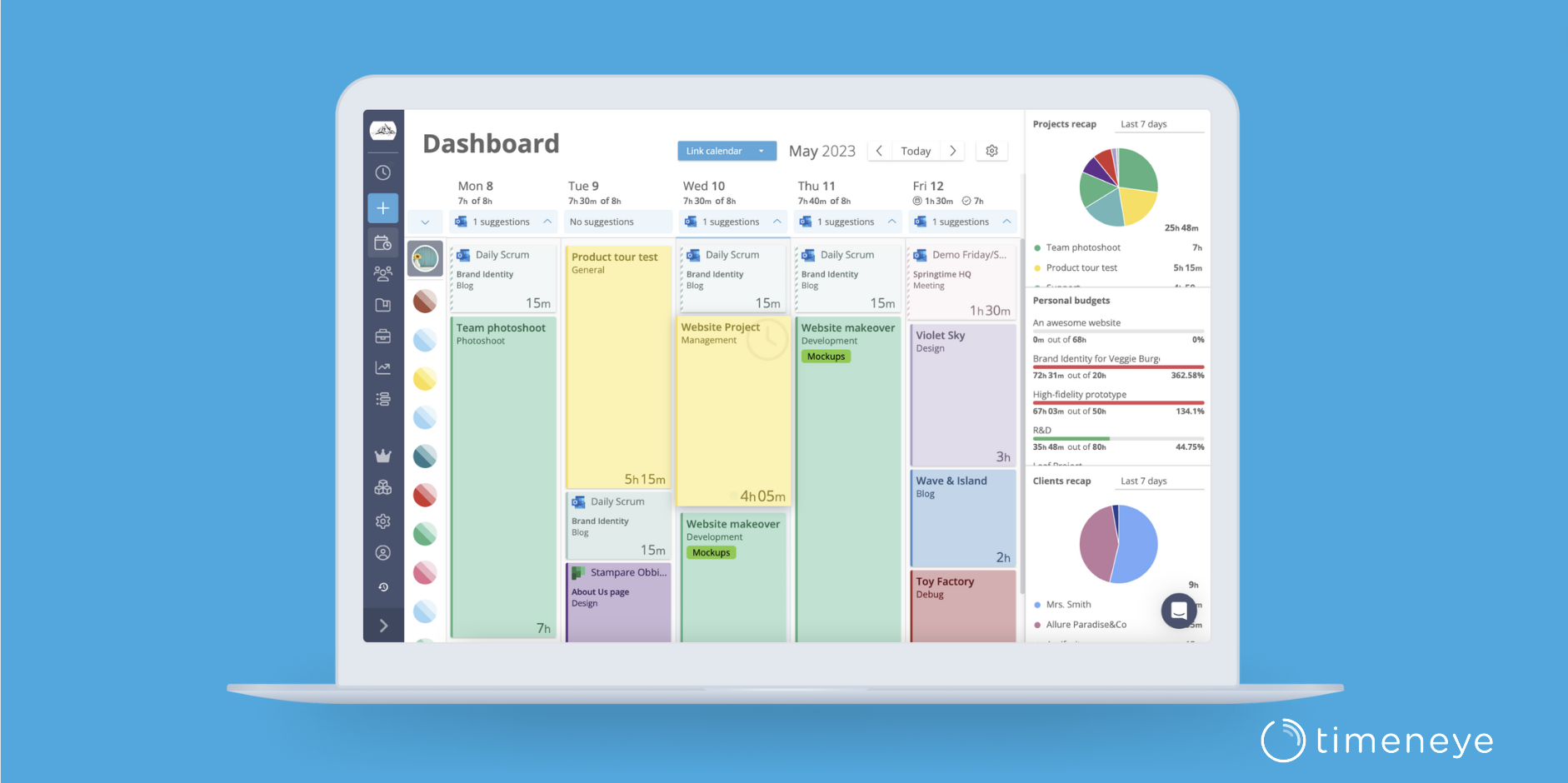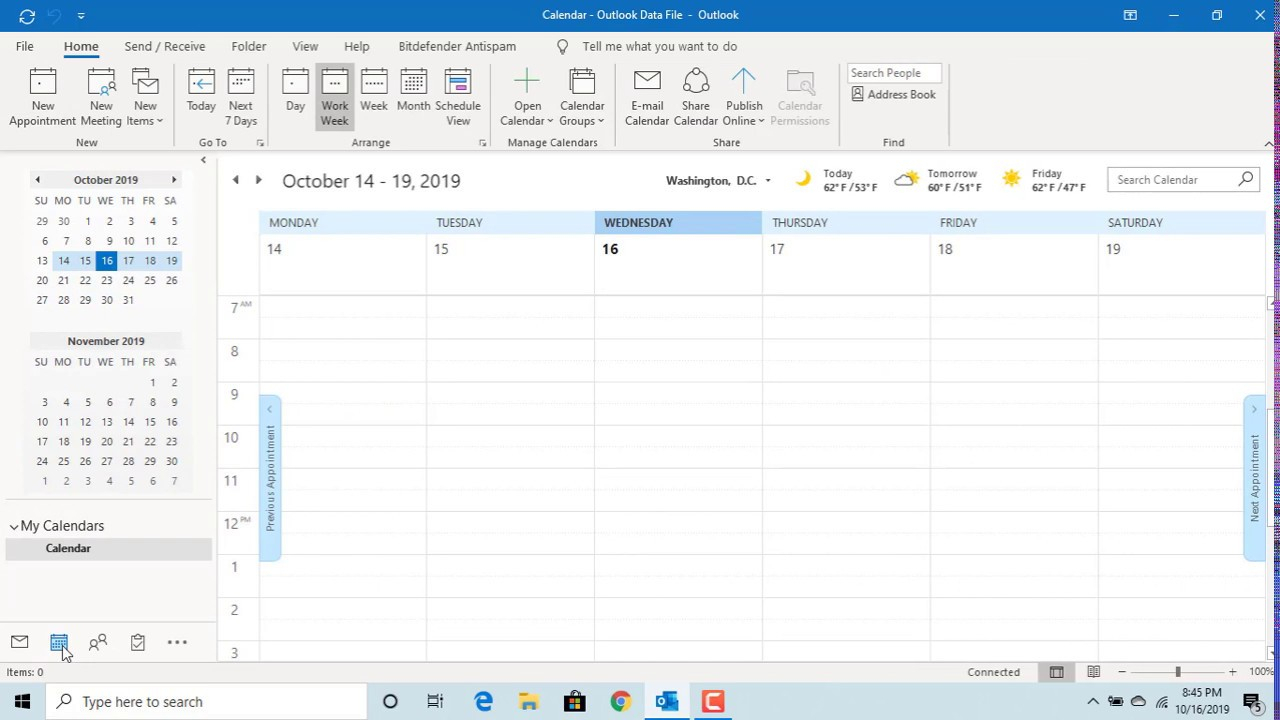Mastering Your Outlook Calendar: Displaying Solely Working Hours For Enhanced Productiveness
Mastering Your Outlook Calendar: Displaying Solely Working Hours for Enhanced Productiveness
Associated Articles: Mastering Your Outlook Calendar: Displaying Solely Working Hours for Enhanced Productiveness
Introduction
With nice pleasure, we are going to discover the intriguing matter associated to Mastering Your Outlook Calendar: Displaying Solely Working Hours for Enhanced Productiveness. Let’s weave fascinating info and supply recent views to the readers.
Desk of Content material
Mastering Your Outlook Calendar: Displaying Solely Working Hours for Enhanced Productiveness

The Outlook calendar is a robust device for managing appointments, conferences, and duties. Nonetheless, its default view usually presents a cluttered show, exhibiting your complete day, together with non-working hours. This may result in visible overload and hinder environment friendly time administration. This text delves into the assorted strategies for configuring your Outlook calendar to show solely working hours, considerably bettering your productiveness and lowering visible muddle. We’ll discover totally different approaches, catering to numerous Outlook variations and consumer preferences, guaranteeing you discover the optimum resolution on your workflow.
Understanding the Advantages of Displaying Solely Working Hours:
Earlier than diving into the technical elements, let’s spotlight the important thing benefits of customizing your Outlook calendar to indicate solely working hours:
-
Diminished Visible Litter: Essentially the most fast profit is a cleaner, extra targeted view. As a substitute of seeing a big expanse of empty time outdoors your working hours, you see solely the related intervals, making it simpler to establish upcoming appointments and duties.
-
Improved Time Administration: By focusing solely on working hours, you achieve a clearer perspective in your schedule’s density. This enables for higher planning and prevents over-scheduling.
-
Enhanced Focus: A much less cluttered calendar reduces distractions and permits you to think about the duties inside your working hours, bettering general productiveness.
-
Higher Assembly Scheduling: When scheduling conferences, seeing solely working hours helps guarantee you do not unintentionally schedule conferences outdoors your typical working hours.
-
Reasonable Scheduling: It supplies a practical illustration of your obtainable time, stopping over-commitment and selling a more healthy work-life stability.
Strategies for Displaying Solely Working Hours in Outlook:
The strategies for configuring Outlook to indicate solely working hours fluctuate barely relying on the Outlook model (e.g., Outlook 2016, Outlook 2019, Outlook for Microsoft 365, Outlook on the internet). Nonetheless, the core ideas stay constant.
1. Utilizing the "Working Hours" Setting (Most Outlook Variations):
That is essentially the most simple methodology and often the popular strategy. This setting permits you to outline your customary working hours, and Outlook will routinely modify the calendar show accordingly.
-
Accessing Working Hours Settings: The precise location of the "Working Hours" settings may differ barely relying in your Outlook model. Typically, you may discover it below:
- File > Choices > Calendar > Working Hours. (In most variations)
- Or, you may discover a "Working Hours" possibility throughout the calendar’s view settings.
-
Defining Your Working Hours: As soon as you’ve got positioned the "Working Hours" settings, you may must specify your typical workday begin and finish occasions. You can too outline your workdays (e.g., Monday to Friday) and any exceptions (e.g., half-day on Fridays).
-
Making use of the Modifications: After saving your working hours settings, Outlook ought to routinely replace the calendar show to indicate solely your outlined working hours. If not, you may must refresh the calendar view or attempt restarting Outlook.
2. Customizing Calendar Views (Superior Choices):
For extra granular management over your calendar show, you possibly can customise the calendar views themselves. This enables for extra flexibility however requires a deeper understanding of Outlook’s view settings.
-
Making a Customized View: In most Outlook variations, you possibly can create a customized calendar view that filters out non-working hours. This sometimes includes deciding on a particular view (e.g., "Day," "Work Week," or "Week"), then modifying its properties to limit the displayed time vary.
-
Modifying View Properties: The precise steps for modifying view properties may fluctuate barely based mostly in your Outlook model. Nonetheless, the overall course of includes accessing the view settings (usually by means of a "Change View" possibility) after which adjusting the "Time Scale" or "Begin Time" and "Finish Time" settings to mirror your working hours.
-
Saving the Customized View: As soon as you’ve got configured the view to your liking, put it aside as a customized view so you possibly can simply entry it sooner or later.
3. Utilizing Third-Occasion Add-ins (Outlook for Microsoft 365):
For enhanced calendar administration options, together with extra refined working hour customizations, think about using third-party add-ins. A number of add-ins can be found that supply superior calendar functionalities, together with the flexibility to outline advanced working hour schedules and routinely filter non-working hours from the show. Nonetheless, be cautious when putting in third-party add-ins and guarantee they’re from respected sources.
Troubleshooting Widespread Points:
-
Calendar Not Updating: In case your calendar does not replace after altering the working hours settings, attempt restarting Outlook. Additionally, be sure that you’ve got saved the adjustments to your working hours settings.
-
Incorrect Working Hours Displayed: Double-check that you have accurately entered your working hours within the settings. Pay shut consideration to the time zone settings.
-
View Settings Not Saving: In case your customized view settings aren’t saving, make sure you’ve saved the view with a novel title. Typically, there is likely to be a battle with current view settings.
Optimizing Your Outlook Calendar for Peak Efficiency:
Past merely displaying working hours, contemplate these extra suggestions for optimizing your Outlook calendar:
-
Shade-Coding Appointments: Use totally different colours to categorize appointments (e.g., work, private, appointments).
-
Utilizing Classes: Set up appointments into classes for simpler filtering and looking.
-
Recurring Appointments: Make the most of recurring appointments for often scheduled occasions.
-
Reminders: Set reminders for essential appointments and duties.
-
Sharing Calendars: Share your calendar with colleagues for higher collaboration.
-
Commonly Cleansing Up: Delete previous or irrelevant appointments to maintain your calendar clutter-free.
Conclusion:
Displaying solely working hours in your Outlook calendar is an easy but highly effective method for bettering productiveness and lowering visible muddle. By following the strategies outlined on this article, you possibly can tailor your Outlook calendar to mirror your working schedule precisely, main to raised time administration, diminished stress, and a extra environment friendly workflow. Keep in mind to discover the assorted choices obtainable in your particular Outlook model to search out the strategy that most accurately fits your wants and preferences. Experiment with totally different settings and customized views to realize the optimum stability between performance and visible readability. By mastering these strategies, you may remodel your Outlook calendar from a supply of potential overwhelm into a robust device for attaining your every day targets.








Closure
Thus, we hope this text has offered worthwhile insights into Mastering Your Outlook Calendar: Displaying Solely Working Hours for Enhanced Productiveness. We thanks for taking the time to learn this text. See you in our subsequent article!